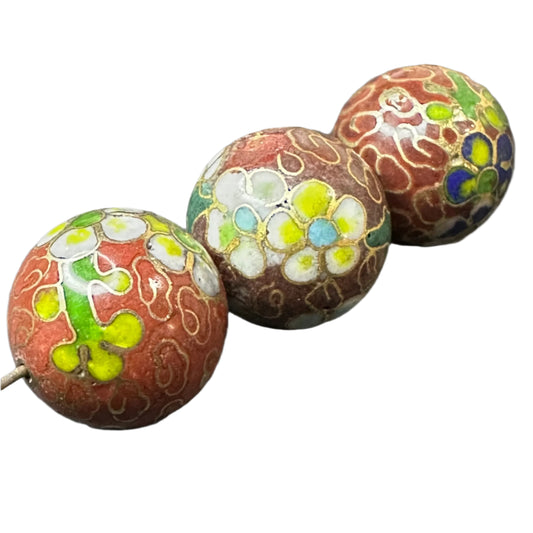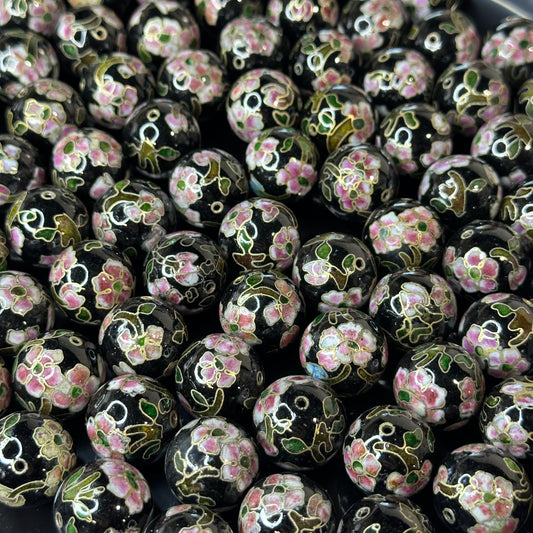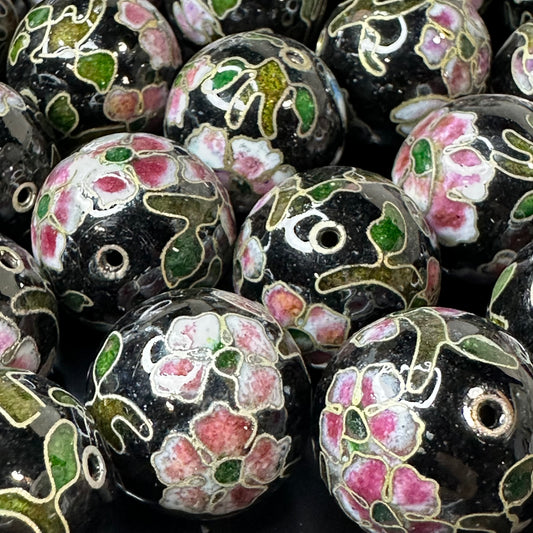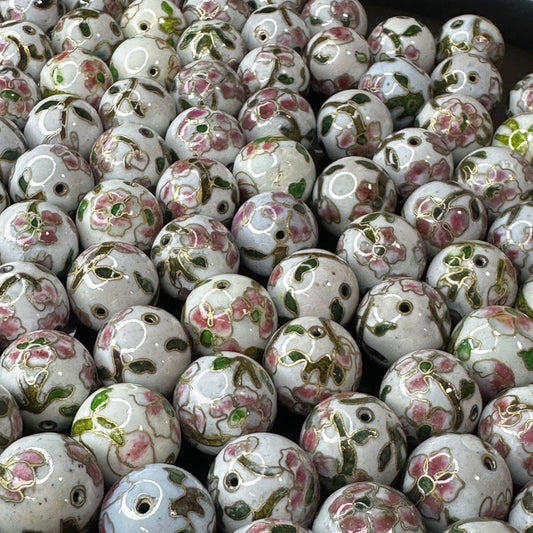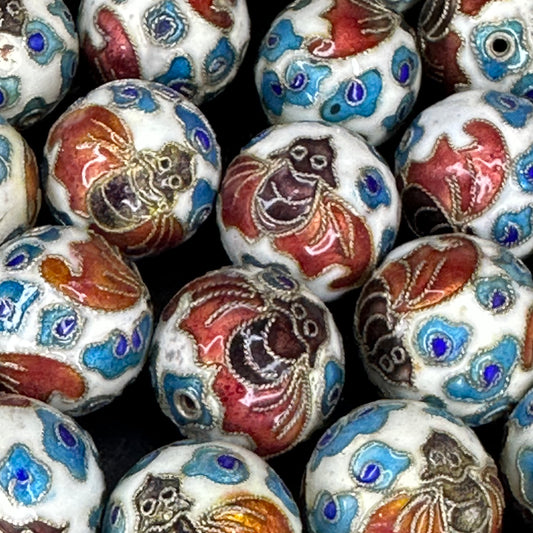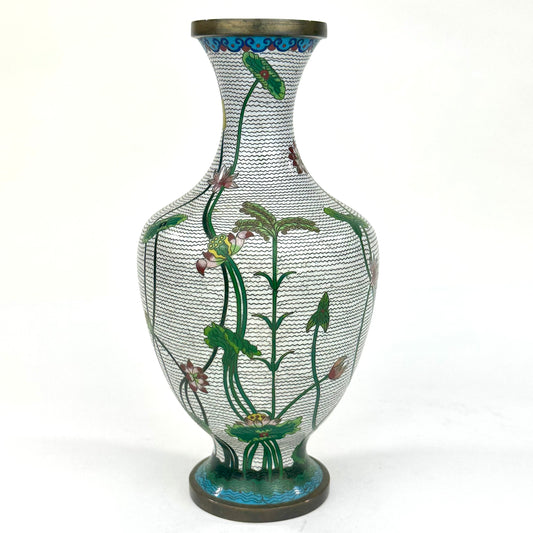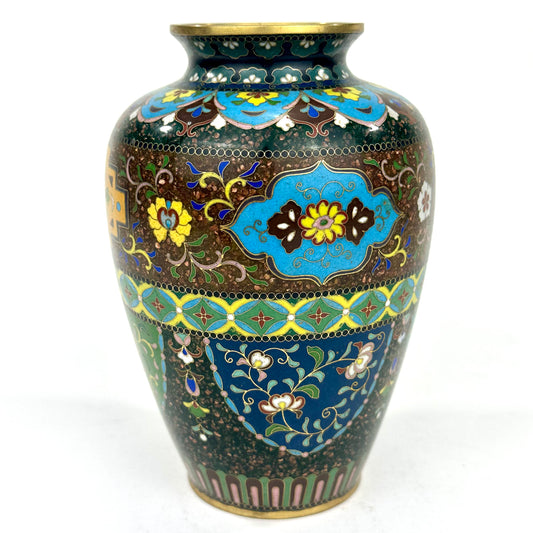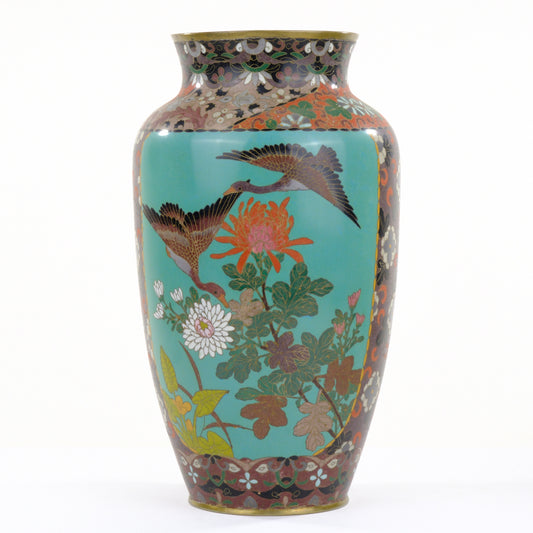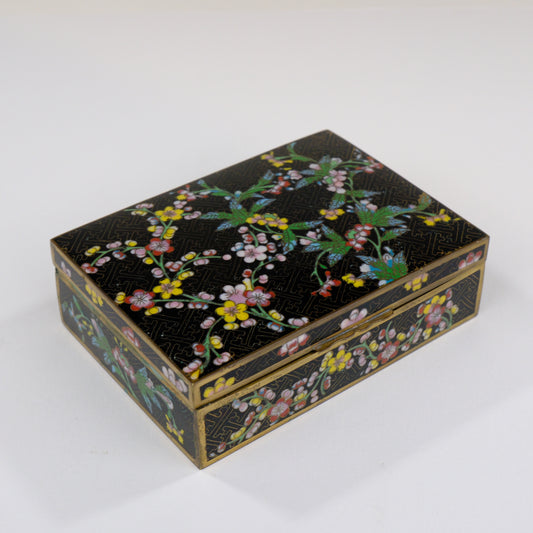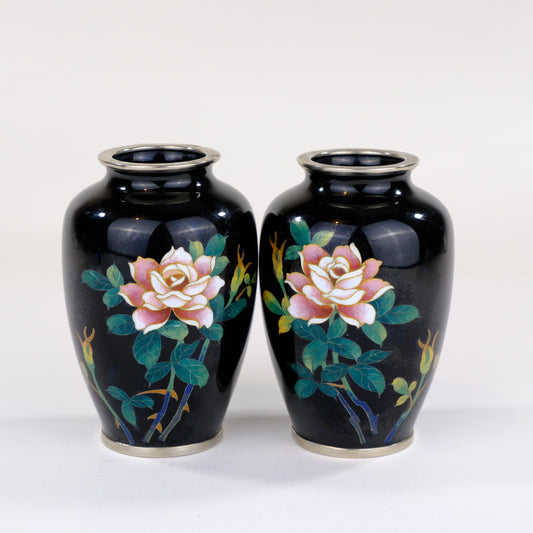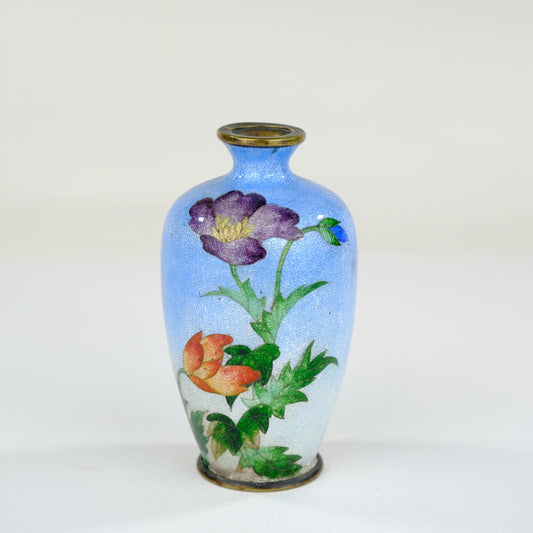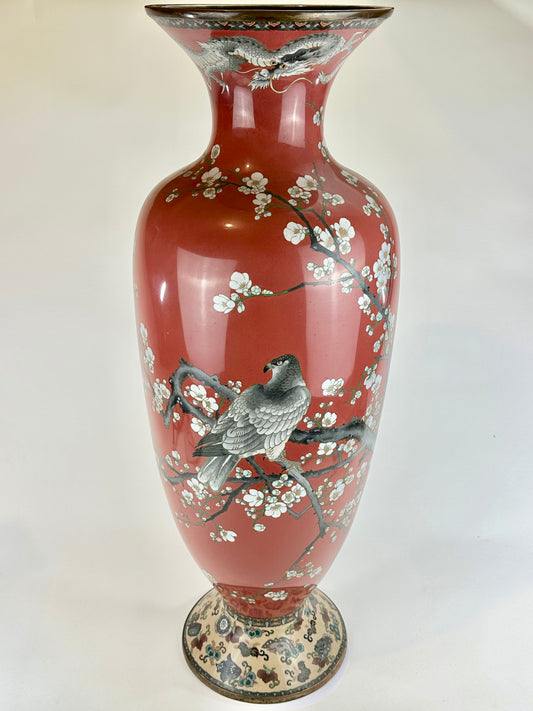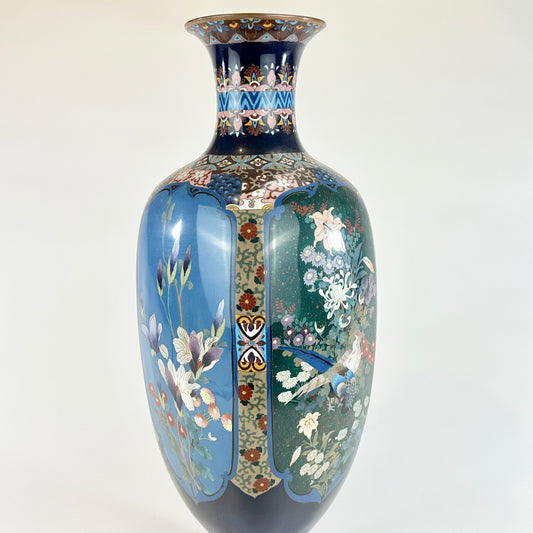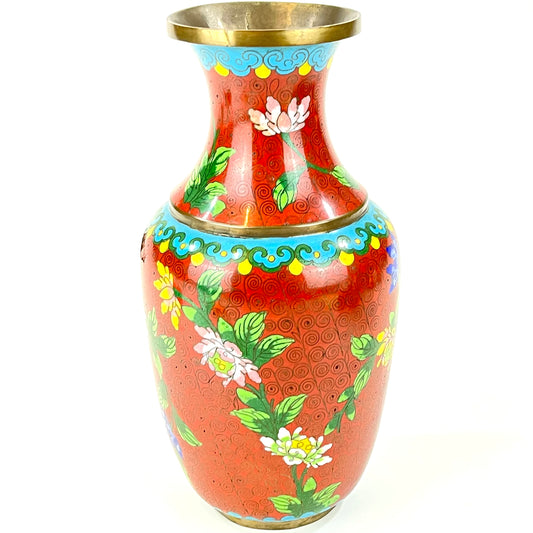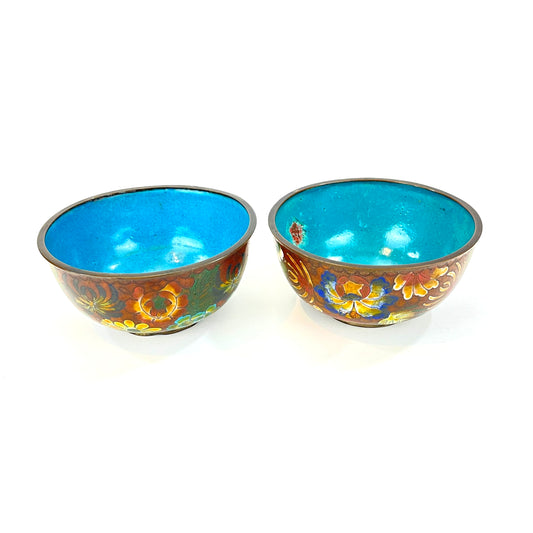-
Antique Japanese Kinkozan Style Cloisonné Brush Pots Pair 5.25"H
Regular price $325.00 USDRegular priceUnit price per -
One Vintage Chinese Cloisonne Red Floral Bead 18mm Glass Enamel Jewelry
Regular price $4.50 USDRegular priceUnit price per -
One Vintage Chinese Cloisonne Black & Pink Bead 18mm Glass Enamel Jewelry
Regular price $4.50 USDRegular priceUnit price per -
One Vintage Chinese Cloisonne Black Pink Floral Bead 20mm Glass Enamel Jewelry
Regular price $4.95 USDRegular priceUnit price per -
Vintage Chinese Cloisonne Pink & Green Floral Bead 18mm Glass Enamel Jewelry
Regular price $4.75 USDRegular priceUnit price per -
Vintage Chinese Cloisonne Red Bat Bead 20mm Glass Enamel Jewelry
Regular price $5.75 USDRegular priceUnit price per -
Antique Chinese Late Qing Dynasty (c1910) Cloisonné Vase Lotus Flower 6”
Regular price $255.00 USDRegular priceUnit price per -
Antique Japanese Meiji Era (c1880) Cloisonné Vase Floral & Vine Motif 6”
Regular price $450.00 USDRegular priceUnit price per -
Antique Japanese Meiji Era (c1880) Cloisonné Vase Geese in Flight & Flowers 12”
Regular price $3,500.00 USDRegular priceUnit price per -
Antique Chinese c1910's Cloisonné Hinged Box w/ Floral Motif on Black 5"
Regular price $325.00 USDRegular priceUnit price per -
Antique Japanese Meiji Era (c1880) Cloisonné Vases x2 PAIR Pink Roses Black 3.5”
Regular price $400.00 USDRegular priceUnit price per -
Antique Japanese Meiji Era (c1910) Signed Ota Toshiro Cloisonné Vase Sky Blue 3.5”
Regular price $245.00 USDRegular priceUnit price per -
Rare Antique Japanese Meiji Era (late 1800's) Cloisonné Vase Falcon 34"
Regular price $11,500.00 USDRegular priceUnit price per -
Very Rare Antique Japanese Meiji Era (late 1800's) Cloisonné Vase 24"
Regular price $7,750.00 USDRegular priceUnit price per -
Vintage Chinese 70 Year Old Red Cloisonne Vase Floral Design 9"
Regular price $145.00 USDRegular priceUnit price per -
Chinese Cloisonné Bowl Set of Flowers & Blue Intirior 4"
Regular price $125.00 USDRegular priceUnit price per$0.00 USDSale price $125.00 USD


